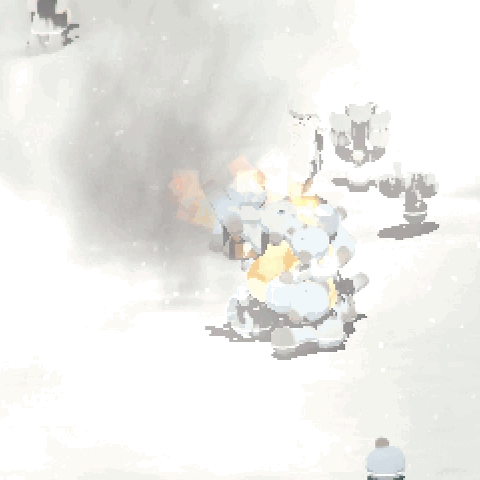Event 1
 |
| selfie |
I attended the lecture with Ian Cheng. It was related to the theme Professor Vesna discussed in class: science and art. It was an example of how art needs science and science needs art. Ian Cheng did a great job of displaying the combination. For instance, Ian Cheng used science by using the computer. The computer allowed him to use a video game engine in order to create animations and stimulations. He also used science by using biology to create human-like individuals. Then, he used art to be creative and make the characters and scenes unique. He taught the audience about his methods and his thought process of the of the creations.
First, he would wake up and let his thoughts formulate. Next, he would start with sketches and drawings shown in figure 2 to bring his ideas to life. He would then work with those sketches and make changes if need be. Next, he would name make groups for his characters; one group was called "umans" shown in figure 3. He would also call this "stupid art", I describe stupid art to be scribble and whatever individuals want to draw. Stupid art has no rules and can be anything. Last, he would create simulations know as virtual ecosystems: shown in figure 4.
 |
| figure 2 |
 |
| figure 3: umans group |
 |
| figure 4 |
“IAN CHENG.” IAN CHENG, iancheng.com/.
“Ian Cheng: Emissaries.” Ian Cheng: Emissaries | MoMA, www.moma.org/calendar/exhibitions/3656.

Comments
Post a Comment